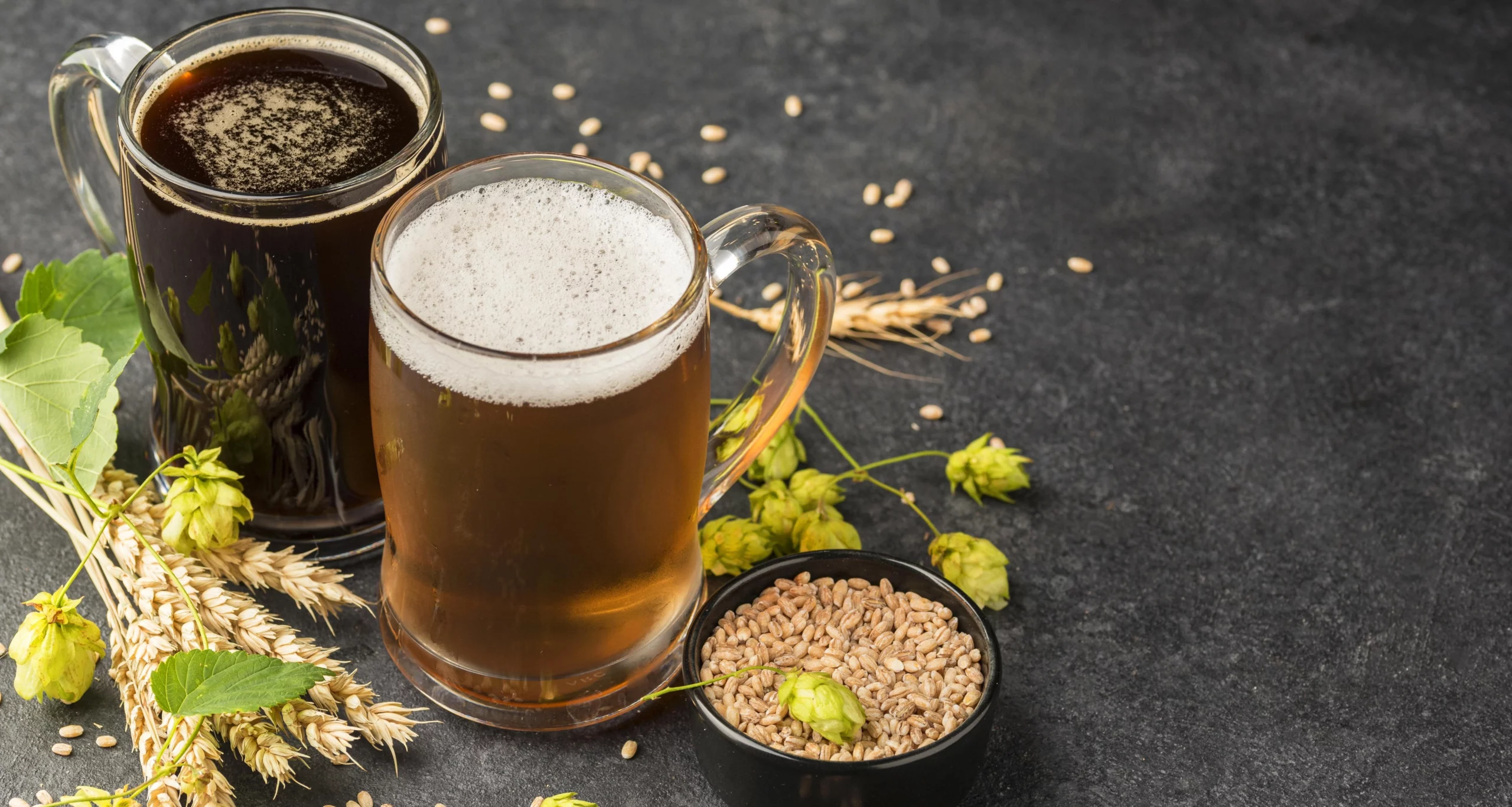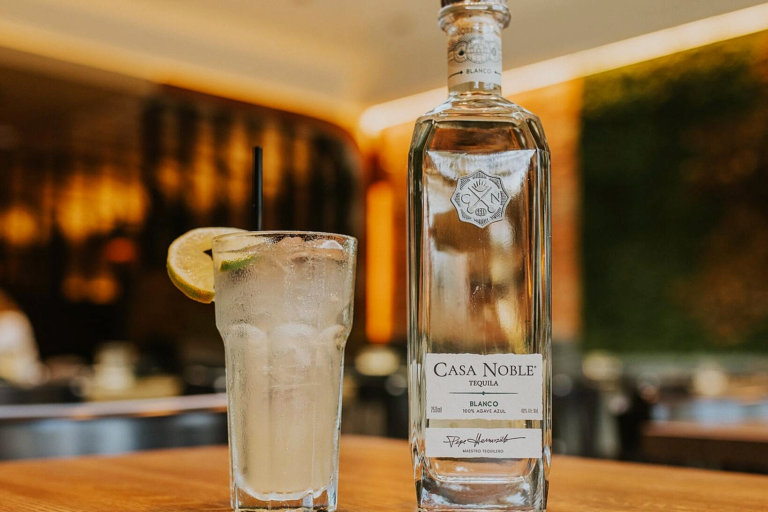
Understanding The Process Of Dry Hopping
Are you looking to achieve that classic, hoppy flavor in your own home brewing projects? If so, then understanding the process of dry hopping is essential. Dry hopping is a technique used by brewers all over the world to add an extra layer of hop flavors and aromas to their beers. This can be done at different stages throughout the brewing process and each stage presents its own unique complexities and challenges. In this blog post, we will dive deep into understanding exactly what the process of dry hopping entails so that you can master it for some seriously delicious brews!
How Is Dry Hopping Done?
The dry hopping process involves adding hops to a container of beer or wort, typically with an airlock attached, and allowing them to steep for a period of time. The most common method of dry hopping is to allow hops to steep in the beer for 7-14 days at temperatures between 55°F and 75°F (13-24°C). The amount of hops used depends on the desired level of bitterness and aroma, but can range from 0.5 ounces (14 g) up to 6 ounces (170 g) per 5 gallons (19 l).
Hops are well known for their bitter flavor and aromatic qualities, which are essential components in many styles of craft beers. When added during the boiling stage, bittering compounds are released from the hop flowers while other more delicate aromas dissipate quickly. By adding hops later in the brewing process – without boiling – brewers can capture these more delicate flavors and aromas by dry hopping.
Dry Hopping Does Not Increase Alcohol Content
The process of dry hopping involves adding hops to beer after fermentation has ended in order to impart additional hop flavor, aroma, and bitterness. This method of adding hops can be done with either whole leaf or pelletized hops and is thought to create a smoother bitterness and brighter hop aroma than traditional boiling or extract methods. While this process does not increase the alcohol content or affect fermentation, it can add complexity to the overall flavor of a beer. As a result, dry hopping has become increasingly popular among brewers who are looking for added complexity in their beers.

In Conclusion
For homebrewers who want to give their beers unique character, dry hopping provides an excellent opportunity to experiment with different varieties of hops as well as different amounts of hops added at different stages in the brewing process. In commercial production breweries where consistency is key, brewers still use dry hopping sparingly to achieve a certain profile within their beers.
To see a list of upcoming events at JohnMartin’s Irish Pub & Restaurant, click here.
To make a reservation at JohnMartin’s Irish Pub & Restaurant, click here.
Details: JohnMartin’s Irish Pub & Restaurant, 253 Miracle Mile, Coral Gables, FL 33134; johnmartinsmiami.com (954) 372-7606.
Table of Contents
UPCOMING EVENTS

The Ultimate St. Patrick’s Street Festival In Miami!
Eager to experience a truly Irish extravaganza in the heart of Miami The 31st Annual JohnMartin 8217 s St Patrick 8217 s Street Festival this Saturday March 16th and 8230

Exploring Natural, Biodynamic, And Organic Wines
If you re a wine enthusiast or someone concerned about the environmental impact of your lifestyle you ve likely come across labels like 8230

The Best Low-Calorie Cocktails For Dieters
Are you trying to stick to your diet but don 8217 t want to miss out on all the fun that comes with sipping a tasty cocktail If so you
